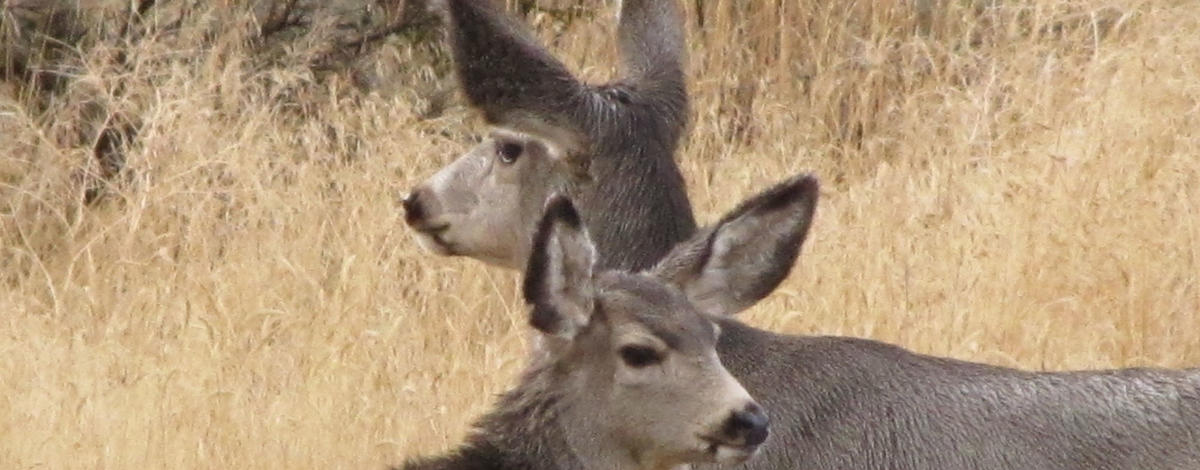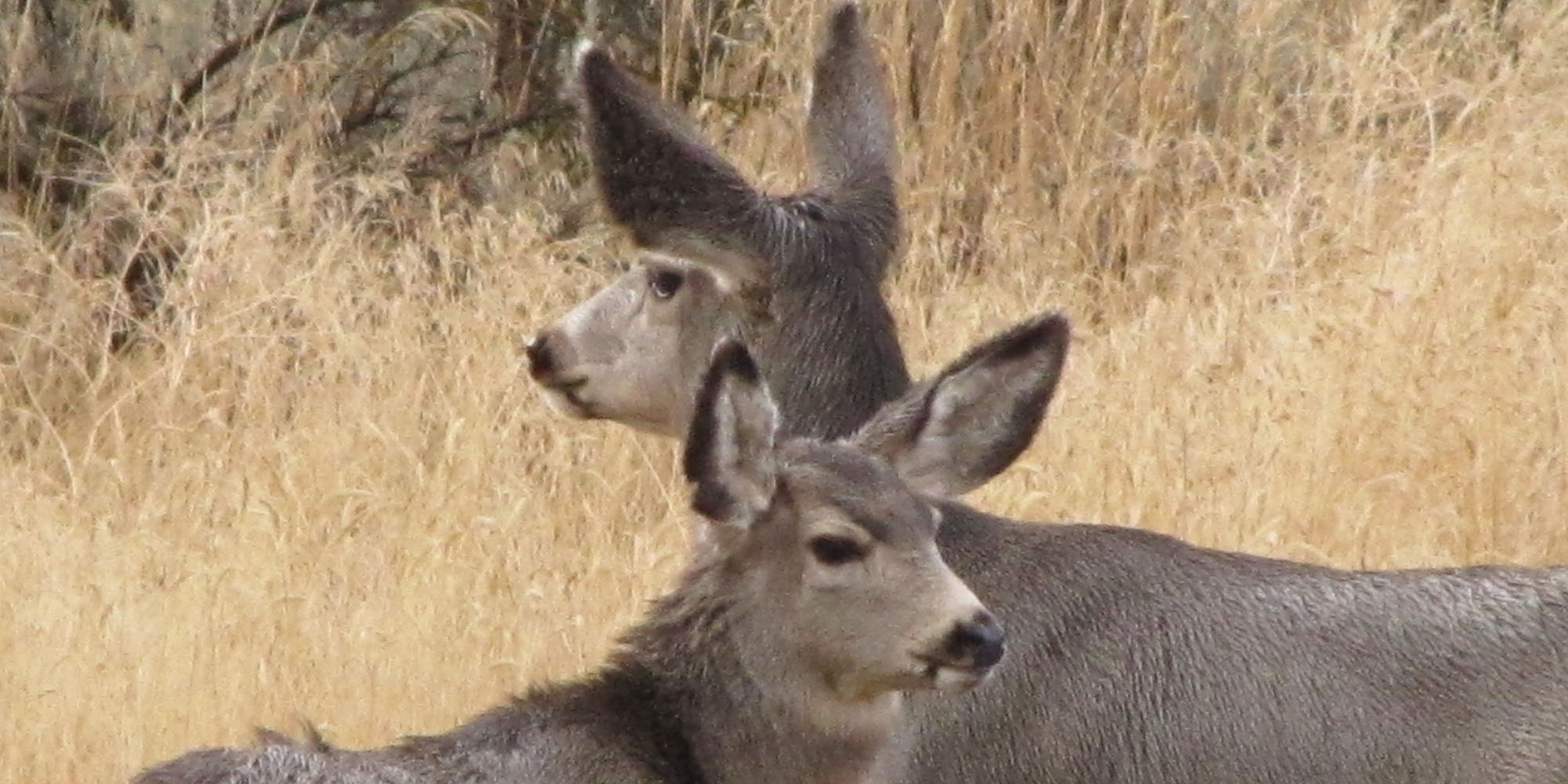The Georgetown Summit WMA is part of a large westerly facing slope of the Aspen Range overlooking a long, narrow valley drained by the Bear River. This area of the Georgetown Summit has long been winter range for big game.
In 1991, the Rocky Mountain Elk Foundation purchased the original 1,656 acres in partnership with Idaho Fish and Game to protect the property for elk and deer habitat. The brush covered slopes and draws of the WMA provide both forage and security cover for mule deer, elk, moose, and other wildlife through out the year. The general western exposure provides superior winter habitat, especially on more southern aspects.
The connectivity of wildlife habitat utilized year-round is a growing concern among wildlife managers. The Georgetown Summit WMA is an important wildlife corridor between the Aspen Range on the Caribou-Targhee National Forest to the northeast, and the Bear River Range on the Cache National Forest to the southwest.
While the WMA provides connectivity, it is complicated by U.S. Highway 30, which divides the WMA property into two parcels. Elk and deer crossing signs have been placed at key points on Highway 30 to warn motorists of the danger of animals on the roadway.
The Bear River that runs along the edge of the WMA diversifies the wildlife supported by the WMA. The stream and riparian corridor is important for fisheries, furbearers, and waterfowl.
Public use is encouraged though facilities are limited to signage, primitive roads, and parking areas. The area is particularly popular for big game hunting and provides good opportunity for mule deer and elk hunting during archery, rifle and muzzleloader seasons. There is limited opportunity for upland game (forest grouse) hunting. Access to the Bear River provides waterfowl hunting.


